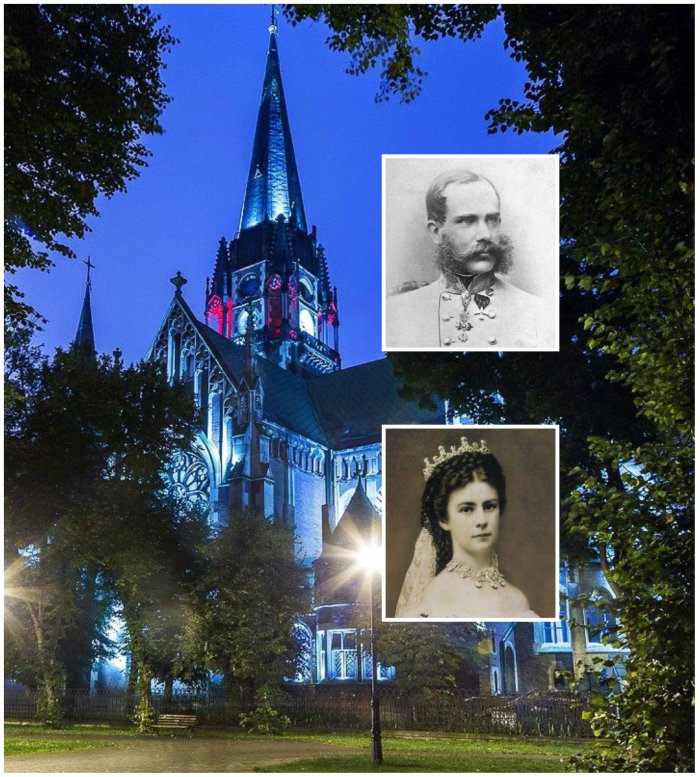The Church of Saints Olha and Yelyzaveta has long been one of the most beautiful and elegant symbols of Lviv. It is located near the main train and suburban stations. The spires of this fascinating neo-Gothic construction pierce the blue skies, lifting our spirits way and beyond mundane troubles and worries. Few people know that the church stands as a monument to a great, but tragic love story between a man who devoted his his entire life to building a mighty and far-flung empire, and a woman who detested the strict etiquette of the Hapsburg court and found freedom in travel and nature.
Emperor Franz Josef I of Austria laid the first stone of the Church on September 23, 1903. The church was built by the Latin Archbishop of Lviv, Saint Joseph Bilczewski, who in the years 1903-1911 officiated as parish priest and helped develop the city’s growing western suburb. It was designed by Polish architect Teodor-Marian Talowski, Professor at the Lviv Polytechnical University.
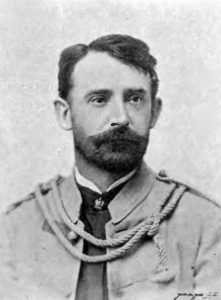
Talowski specialized in neo-Gothic and neo-Roman architecture, as displayed in his many architectural projects in western Halychyna and eastern Poland.

The Church of Saints Olha and Yelyzaveta was officially consecrated and opened in 1911.
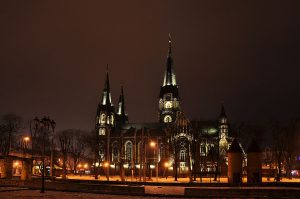
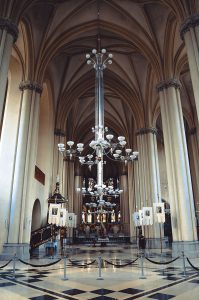

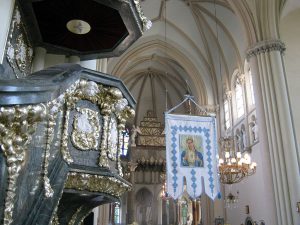
The Church was built in memory of the emperor’s wife, Elisabeth of Bavaria, commonly known as Empress Sisi.
The young Emperor Franz Josef I planned to marry Helene of Bavaria, Elisabeth’s elder sister, but fate decided otherwise. Franz Josef and Helene did not see eye to eye, so the young emperor turned his attention to the younger sister, Elisabeth, fell passionately in love and married her on April 24, 1854.
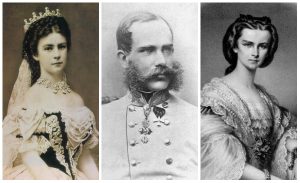
However, the marriage floundered because Sisi could not get used to the formal regimen and uncongenial atmosphere of royal life. She was in a state of perpetual conflict with her mother-in-law, Princess Sophie of Bavaria, who took over the education of Sisi’s two daughters, Sophie and Gisela. Elisabeth did not see her children very often, and finally convinced her husband to take the family on a trip to Hungary, a country that she loved and cherished with all her heart. The elder daughter, Sophie died during the journey and Elisabeth blamed herself. When her son, Rudolf, committed suicide in Mayerling with his loved one, Mariya Vetsera in 1889, Sisi never recovered from the blow. As her health weakened, she grew increasingly lonely, withdrew completely from court duties and travelled widely without her family.
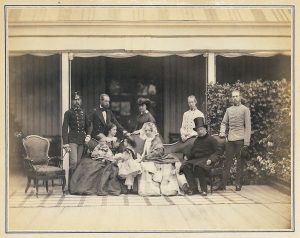
On September 10, 1889, while strolling along the Geneva lakefront, Elisabeth was killed by an Italian anarchist, Luigi Lucheni. He later confessed: “I am an anarchist by conviction…I came to Geneva to kill a sovereign, with object of giving an example to those who suffer and those who do nothing to improve their social position; it did not matter to me who the sovereign was whom I should kill…It was not a woman I struck, but an Empress; it was a crown that I had in view.”
When the old emperor was informed of his wife’s death, he said: “She will never know how much I loved her…”
The Church, built in memory of Empress Sisi, is perhaps one of the most beautiful symbols of love that towers over the streets of Lviv.
The tragic history of the magnificent Roman Catholic edifice continued… The First World War erupted just five years after the Church was opened and the Austro-Hungarian government confiscated the church bells for its army. Then, it was greatly damaged by artillery during the Polish-Ukrainian War. With the outbreak of the Second World War, the church walls and spires partially collapsed after a bomb explosion nearby.
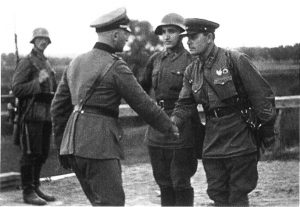
From September 1 to 17, 1939, the German Luftwaffe conducted five heavy air raids on Lviv. Although the primary targets were strategic objects, the bombs often hit residential areas (the church is located very close to the main railway station).
On September 12, 1939, the Wehrmacht attacked Lviv. The city garrison consisted of a few Polish infantry units, some police units, scouts and ordinary citizens who were quickly encircled by the German troops.
On September 17, 1939, the Ribbentrop – Molotov Pact allowed the Soviet Union to invade Poland from the east. The Soviet Union annexed the eastern part of Second Polish Republic including the city of Lviv which capitulated to the Red Army on September 22, 1939. At the Yalta Conference (February 4 to 11, 1945), the Allied leaders, Joseph Stalin, Franklin D. Roosevelt and Winston Churchill decided that Lviv should remain within the borders of the Soviet Union.
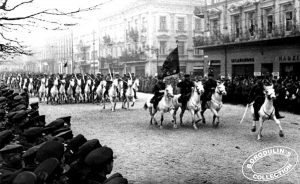
The Church remained open throughout this tragic period of war and destruction, but suffered the most under Soviet rule. It was closed in 1946, continued to crumble and disintegrate, and was turned into a warehouse.
The Church was re-opened in 1991, when a Ukrainian Greek Catholic parish was established. It was re-consecrated as the Greek Catholic Church of Saints Olha and Yelyzaveta.

